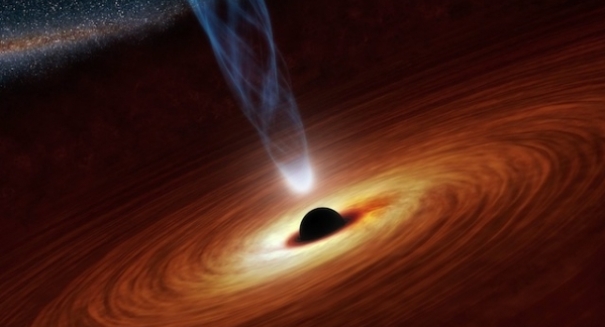
Astronomers discovered a supermassive black hole in the smallest known galaxy, leading to the conclusion that these black holes are not as rare as once thought.
Astronomers recently discovered a supermassive black hole in the tiniest known galaxy, leading to the belief that black holes are not as uncommon as once thought.
University of Utah researchers, led by astronomer Anil Seth, found the black hole in M60-UCD1, the most compact dwarf galaxy known. M60-UCD1 is about 50 million light-years from Earth and circles around M60, one of the Milky Way’s largest galaxies.
Seth and his team discovered the black hole with the Gemini North 8-meter telescope on Mauna Kea on Hawaii and confirmed the sighting using the Hubble Space Telescope from NASA.
The astronomers investigated M60-UCD1, the brightest ultra-compact dwarf galaxy currently known, using the Gemini North 8-meter optical-and-infrared telescope on Hawaii’s Mauna Kea volcano and NASA’s Hubble Space Telescope. M60-UCD1 lies about 54 million light-years away from Earth. The dwarf galaxy orbits M60, one of the largest galaxies near the Milky Way, at a distance of only about 22,000 light-years from the larger galaxy’s center, “closer than the sun is to the center of the Milky Way,” Seth said.
The supermassive black hole at the center of M60-UCD1 has a mass of approximately 21 million suns. It was a discovery that the team didn’t expect to find, as black holes were not previously thought to occur in ultra-compact galaxies. These compact galaxies often hold the densest amount of stars.
Seth and his team proposed that the movement of stars in other ultra-compact galaxies could indicate supermassive black holes at the center as well. The discovery that these dwarf galaxies hold black holes could vastly increase the number of known supermassive black holes in the universe.
The University of Utah researchers are investigating whether other super-compact dwarf galaxies could hold additonal black holes. They published their research in the journal Nature in the Sept. 18 issue.
Leave a Reply